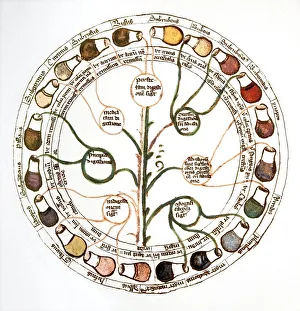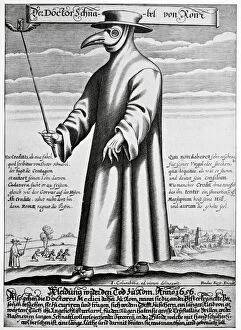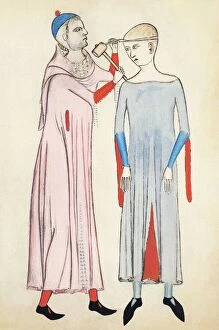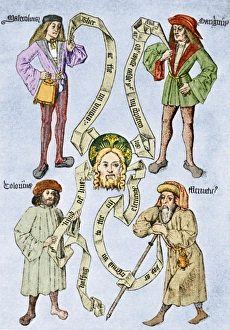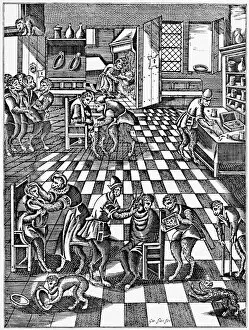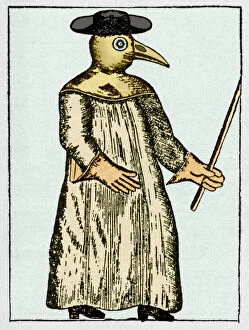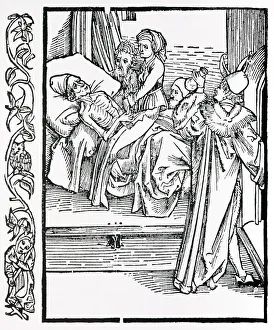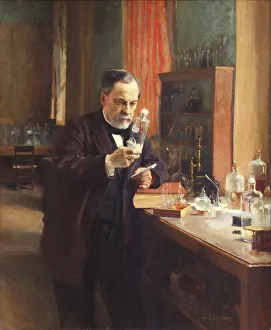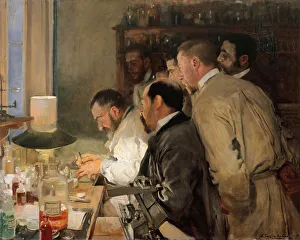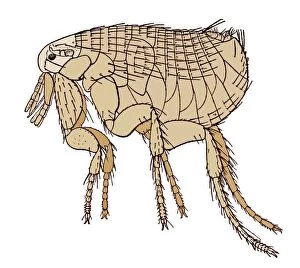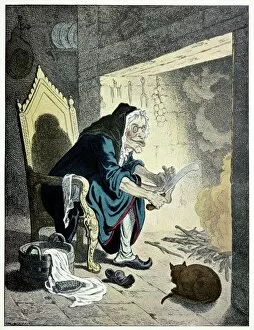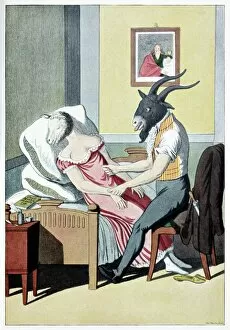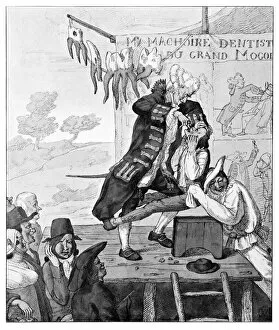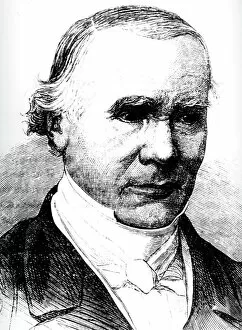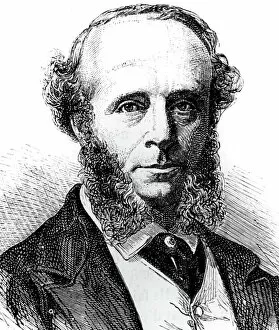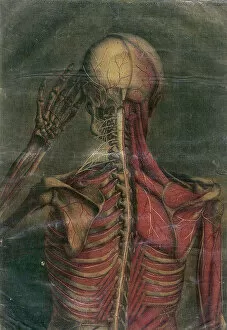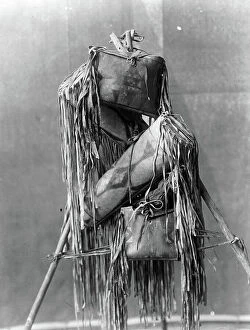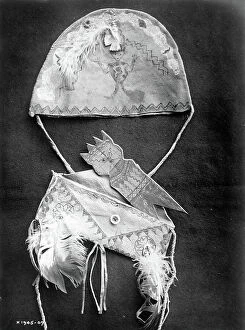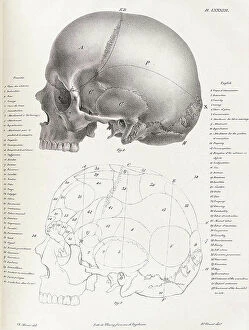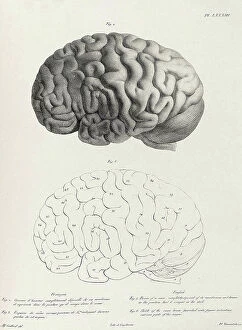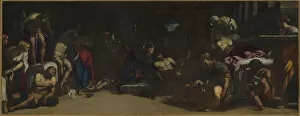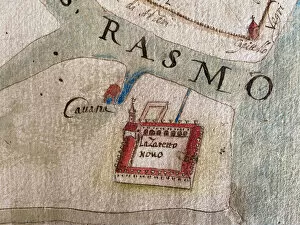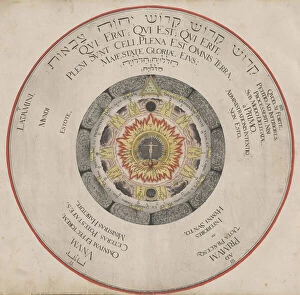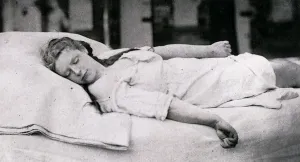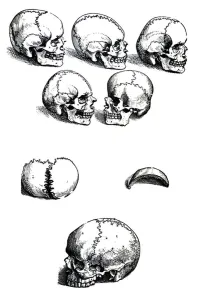History Of Medicine Collection
The history of medicine is a fascinating journey through time, filled with peculiar practices and groundbreaking discoveries
All Professionally Made to Order for Quick Shipping
The history of medicine is a fascinating journey through time, filled with peculiar practices and groundbreaking discoveries. In the medieval era, physicians relied on the bizarre urine wheel to diagnose illnesses, believing that different colors and odors indicated specific diseases. The haunting image of the plague doctor in 17th-century artwork reminds us of the devastating Black Death that ravaged Europe, while trepanation depicted in 14th-century art showcases an ancient surgical technique involving drilling holes into the skull. Satirical artwork from centuries ago humorously portrays barber-surgeons performing surgeries alongside their usual hair-cutting duties. A medical zodiac diagram from the 15th century reveals how astrological signs were once believed to influence health conditions. Moving forward to France in the 18th century, we encounter another depiction of a plague doctor donning a beaked mask as protection against contagious diseases. Even prescriptions did not escape satire; satirical artworks mockingly portrayed doctors prescribing absurd remedies for various ailments. Notable figures like Louis Pasteur revolutionized medicine by discovering germ theory and developing vaccines against deadly diseases like rabies. Artistic representations also shed light on medical research throughout history. "The Research" by Joaquin Sorolla y Bastida captures scientists tirelessly studying under dim candlelight, symbolizing their relentless pursuit of knowledge. Amidst these historical moments are depictions of everyday life: an artwork showcasing a rat flea transmitting the Black Death highlights one aspect of this devastating pandemic's impact on society, while satirical illustrations reveal comical attempts at treating foot corns or exploring animal magnetism – an outdated belief in healing powers transferred between humans and animals. As we delve into the captivating history of medicine through art and artifacts, it becomes evident how far humanity has come in understanding and combating illness. From peculiar practices rooted in superstition to groundbreaking scientific breakthroughs, our journey through medical history continues to shape modern healthcare practices today.

